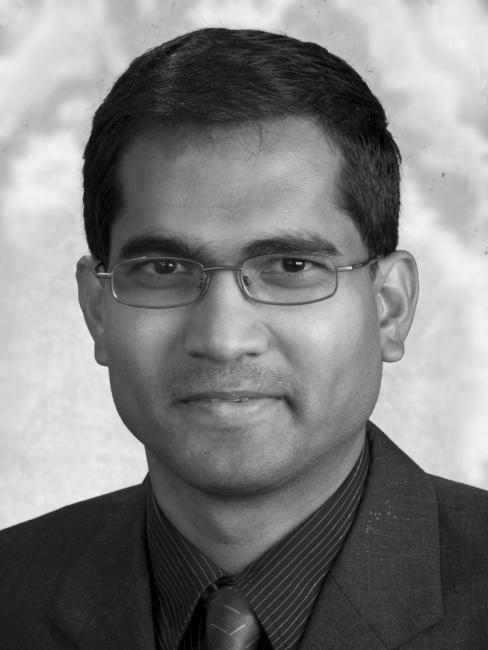Seminar on "The Physics of Environmental Flows Using Numerical Simulations"
Events | Mechanical Engineering
Seminar on "The Physics of Environmental Flows Using Numerical Simulations"
May 9, 2016 8:30 AM

Speaker
Dr. Karan Venayagamoorthy
Location
ESB 1001
Type
Seminar
A key question in the study of environmental fluid mechanics is how temperature and/or salinity variations affect how fluids move constituents through our natural environment. Understanding how turbulence and stratification interact with each other is a fundamental issue and provides the key to enhancing our ability to predict how mixing and transport occurs in the natural environment. In this talk, Dr. Venayagamoorthy will present an overview of the application of computational fluid dynamics (CFD) in environmental flows, discussing a number of research problems to highlight the use of direct numerical simulations (DNS) and large-eddy simulations (LES) in studying research problems ranging from the laboratory scale to the field scale. The examples will focus briefly on (1) stably stratified turbulent flows, (2) internal waves in the coastal ocean, and (3) plume dispersion in coastal and estuarine flows.
Bio: Dr. Karan Venayagamoorthy is an associate professor of Civil and Environmental Engineering and Monfort Professor at Colorado State University. He received his BScEng (summa cum laude) and MScEng (cum laude) degrees in Civil Engineering from the University of Natal in Durban, South Africa and his PhD in Civil and Environmental Engineering from Stanford University. He is a recipient of several awards including the 2014 APS-DFD Frenkiel Award for Fluid Dynamics, NSF CAREER Award and the Office of Naval Research Young Investigator Award in 2012. His research interests focus on environmental fluid mechanics, geophysical fluid dynamics, hydraulics and hydrology using computational flow modeling in combination with theoretical and experimental methods. He is currently on sabbatical as the UPS Foundation Visiting Professor in the Department of Civil and Environmental Engineering at Stanford University.